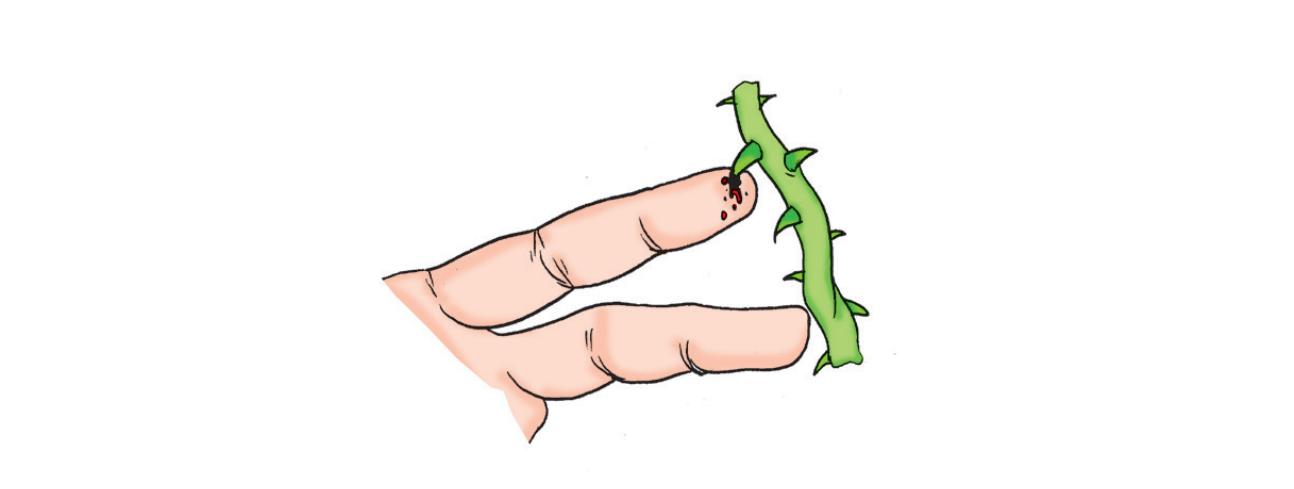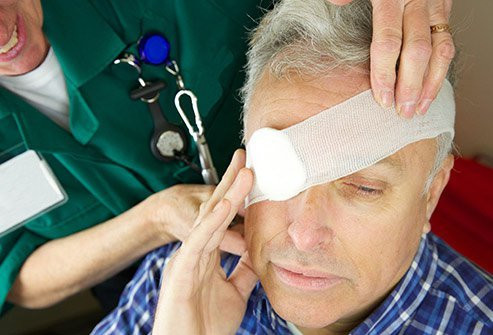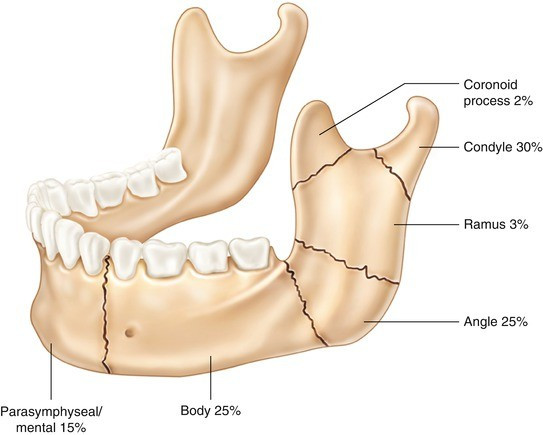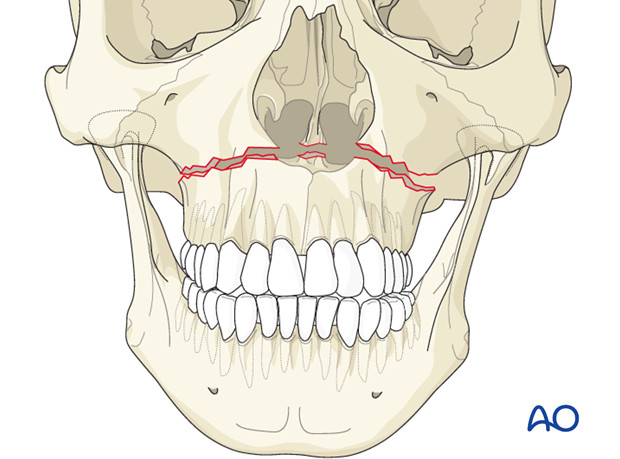Definisi
Vulnus punctum, atau dikenal juga dengan luka tusuk, merupakan jenis luka terbuka berukuran kecil yang dapat ditimbulkan akibat tusukan benda tajam, misalnya pisau, paku, jarum, atau benda lainnya yang memiliki ujung tajam. Jenis luka ini kadang dapat terjadi saat Anda sedang melakukan pekerjaan yang berhubungan dengan benda tajam, atau misalnya saat Anda berjalan tanpa alas kaki yang tepat lalu kaki Anda tertusuk benda tajam saat di jalan. Luka tusuk dapat terjadi pada permukaan kulit, jaringan, bahkan organ yang lebih dalam dari permukaan kulit dan dapat menyembunyikan luka yang lebih serius.
Vulnus punctum biasanya terjadi pada area kaki, terutama saat musim panas, ketika kebanyakan orang tidak memakai alas sepatu. Meskipun kejadian vulnus punctum pada kaki sering terjadi namun biasanya tidak tertangani dengan tepat. Apabila vulnus punctum tidak tertangani dengan tepat, maka infeksi atau komplikasi lainnya dapat timbul.
Tata laksana yang tepat dalam 24 jam pertama pada vulnus punctum merupakan hal yang penting, sebab vulnus punctum membawa partikel kecil atau benda asing masuk ke bawah permukaan kulit. Hal ini berpotensi menimbulkan bahaya bagi tubuh Anda.
Penyebab
Penyebab dari vulnus punctum biasanya berhubungan dengan alat-alat yang memiliki ujung yang tajam, mulai dari kaca, tusuk gigi, kuku, jarum suntik, paku, pisau, atau silet. Biasanya seseorang mengalami luka tusuk pada kondisi berikut:
- Berjalan kaki namun tanpa alas sehingga menginjak benda tajam di jalan
- Terkena gigitan hewan
- Terjatuh pada benda yang tajam.
- Kecelakaan bermotor
- Terkena kaca yang pecah
- Menjadi korban penusukan atau kejahatan kriminal
Meskipun vulnus punctum tidak menyebabkan perdarahan yang berat bagi penderita. Akan tetapi, luka yang timbul dapat berisiko untuk terinfeksi oleh kuman bakteri. Hal ini sangat memungkinkan terjadi apabila terkena atau tertusuk benda yang berkarat atau kotor saat terjadi vulnus punctum.
Faktor Risiko
Pengenalan mengenai beberapa faktor risiko sangat berperan penting dalam pencegahan hingga pengobatan vulnus punctum. Semua orang dapat saja berisiko mengalami vulnus punctum. Namun, ada beberapa faktor risiko yang lebih menentukan apakah anda akan mengalami vulnus punctum atau tidak di masa depan.
Beberapa faktor risiko tersebut adalah:
- Bekerja dengan menggunakan alat-alat tajam yang berpotensi menusuk
- Pekerjaan di luar rumah yang memungkinkan Anda tidak menggunakan alas kaki
- Pekerjaan di bagian konstruksi bangunan atau peralatan berat dan tajam lainnya.
Gejala
Vulnus punctum bisa melibatkan permukaan kulit saja atau jauh ke dalam. Bila luka tusuknya dalam, dapat memengaruhi tendon, otot, ligamen, saraf, pembuluh darah, atau bahkan ke tulang.
Beberapa gejala dan tanda pada vulnus punctum adalah:
- Adanya perdarahan
- Memiliki keluhan pada pergerakan atau merasa baal pada area di bawah tempat terjadinya luka
- Rasa nyeri
Meskipun demikian, gejala-gejala tersebut dapat menjadi lebih parah apabila ada infeksi yang terlibat dalam proses perlukaan yang terjadi. Beberapa hal yang memungkinkan risiko terjadinya infeksi pada luka vulnus punctum adalah luka gigitan hewan, tertusuk, kecelakaan lalu lintas, luka yang kotor, luka pada area kaki, dan luka yang tidak ditangani dengan tepat.
Diagnosis
Diagnosis vulnus punctum merupakan diagnosis klinis, artinya dokter dapat menetepkan diagnosis vulnus punctum melalui wawancara medis khusus dan pemeriksaan fisik. Pada umumnya hal ini ditegakkan melalui penampakan luka yang khas pada area yang mengalami vulnus punctum. Meskipun demikian, ada beberapa pemeriksaan penunjang yang dapat membantu seorang dokter untuk menetapkan diagnosis pasti hingga kemungkinan komplikasi yang dapat muncul.
Beberapa pemeriksaan penunjang tersebut adalah pemeriksaan darah lengkap atau pemeriksaan kultur bila sudah ada keterlibatan infeksi di dalamnya. Apabila benda tajam tersebut melukai anggota gerak hingga membuat seseorang sulit bergerak, memungkinkan juga untuk mendapat pemeriksaan penunjang berupa foto rontgen.
Sebaiknya Anda beritahu dokter bila Anda pernah mengalami vulnus punctum sebelumnya. Informasi seperti kapan pertama kali gejala muncul juga akan membantu dokter mendiagnosis dan menentukan penanganan terbaik pada saat pasien pertama kali diperiksa oleh dokter.
Tata Laksana
Vulnus punctum membutuhkan penanganan yang sesuai. Penanganan pada vulnus punctum harus dibersihkan secara benar dan dipantau mengenai proses penyembuhan lukanya untuk menghindari terjadinya komplikasi yang tidak diinginkan.
Anda mungkin akan segera datang ke fasilitas kesehatan terdekat misanya unit gawat darurat di rumah sakit untuk mendapatkan penanganan segera. Dokter akan memastikan bahwa luka yang ada telah bersih dan tidak ada benda asing yang tertinggal di area luka. Dokter dapat melakukan anestesi atau membuat baal pada area luka, agar ketika melakukan tindakan pasien tidak akan merasa nyeri. Saat luka dianestesi, dokter akan membersihkan dengan menyeluruh bagian dalam atau luar area luka, serta memantau proses penyembuhan luka.
Instruksi yang akan diberikan oleh dokter dalam tata laksana luka adalah:
- Jaga balutan luka tetap kering
- Batasi pergerakan kaki yang terluka sebagai tumpuan saat berjalan
- Habiskan antibiotik yang diresepkan
- Ukur suhu tubuh secara teratur
- Perhatikan apakah ada tanda-tanda infeksi pada area luka misalnya nyeri, kemerahan, bengkak, atau demam
- Kontrol kembali ke dokter Anda apabila terdapat tanda-tanda infeksi
Komplikasi
Saat seseorang mengalami vulnus punctum, komplikasi yang sering terjadi adalah infeksi. Infeksi yang timbul pada area luka dapat menyebabkan kondisi yang memiliki potensi berbahaya bagi tubuh. Infeksi kulit yang minimal dapat saja terjadi pada vulnus punctum. Namun, bisa juga melibatkan infeksi pada tulang atau persendian sehingga Anda perlu memperhatikannya dengan baik.
Infeksi kulit minimal dapat terjadi pada hari kedua hingga kelima setelah terjadinya vulnus punctum. Beberapa tanda klinis dari infeksi meliputi:
- Adanya rasa nyeri yang bertambah berat
- Kemerahan pada area luka
- Hingga muncul aliran nanah, bengkak, serta teraba hangat pada area luka
- Demam juga dapat menjadi penanda adanya infeksi yang mulai menyebar ke peredaran darah
Beberapa gejala dan tanda pada vulnus punctum adalah adanya perdarahan, memiliki keluhan pada pergerakan atau merasa baal pada area di bawah tempat terjadinya luka, dan rasa nyeri. Infeksi dapat terjadi pada vulnus punctum apabila diketahui bahwa penyebab luka tusuk tersebut merupakan benda yang berkarat hingga kotor, sehingga memungkinkan infeksi bakteri dapat masuk melalui luka dan menimbulkan berbagai komplikasi yang dapat muncul.
Pencegahan
Setelah mengenali beberapa faktor risiko yang anda miliki, langkah berikutnya adalah perbaikan faktor risiko yang dapat diperbaiki. Berikut langkah-langkah yang dapat anda lakukan:
- Memakai alas kaki saat berada di luar rumah
- Berhati-hati pada saat beraktivitas menggunakan benda yang tajam dan berpotensi tertusuk
- Jangan lupa untuk mengikuti regimen obat Anda sesuai arahan dokter
Selain langkah-langkah di atas, apabila Anda tidak pernah memeriksakan diri ke dokter, sebaiknya lakukan pemeriksaan umum dan bila ditemukan kondisi atau penyakit dapat meningkatkan risiko Anda mengalami vulnus punctum, maka dapat dimulai pengobatan sedini mungkin sebelum kondisi semakin parah.
Kapan Harus ke Dokter?
Jika Anda mengalami gejala yang persisten dan terus-menerus pada kulit yang terluka, dan disertai adanya tanda-tanda infeksi seperti demam, nyeri yang bertambah berat, hingga keluar cairan dari luka vulnus punctum, sebaiknya Anda memeriksakan diri lebih lanjut ke dokter spesialis bedah (Sp.B) atau spesialis dermatologi dan venerologyi (Sp.DV). Dokter akan melakukan wawancara medis, pemeriksaan fisik, hingga pemeriksaan penunjang tertentu untuk menetapkan diagnosis pasti dan tata laksana yang tepat.
Mau tahu informasi seputar penyakit lainnya? Cek di sini, ya!
- dr Hanifa Rahma
Healthline. Cuts and puncture wounds. November 2019. https://www.healthline.com/health/cuts-and-puncture-wounds#What-are-the-causes?
American College of Foot and Ankle Surgeons. Puncture wounds. May 2022. https://www.acfas.org/footankleinfo/puncture-wounds.htm
Mayo Clinic. Puncture wounds: First aid. September 2021. https://www.mayoclinic.org/first-aid/first-aid-puncture-wounds/basics/art-20056665
Medline Plus. Cuts and Puncture Wounds. November 2021. https://medlineplus.gov/ency/article/000043.htm












